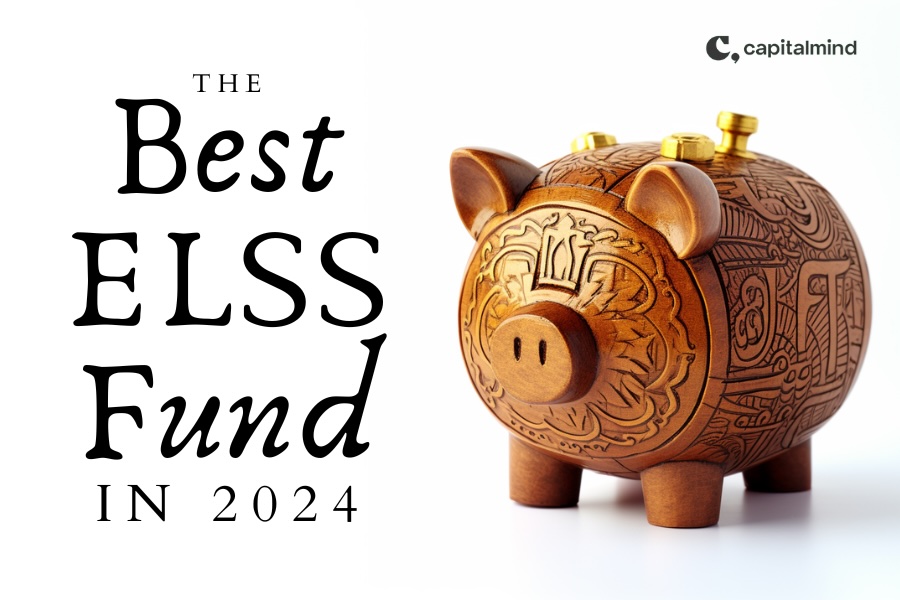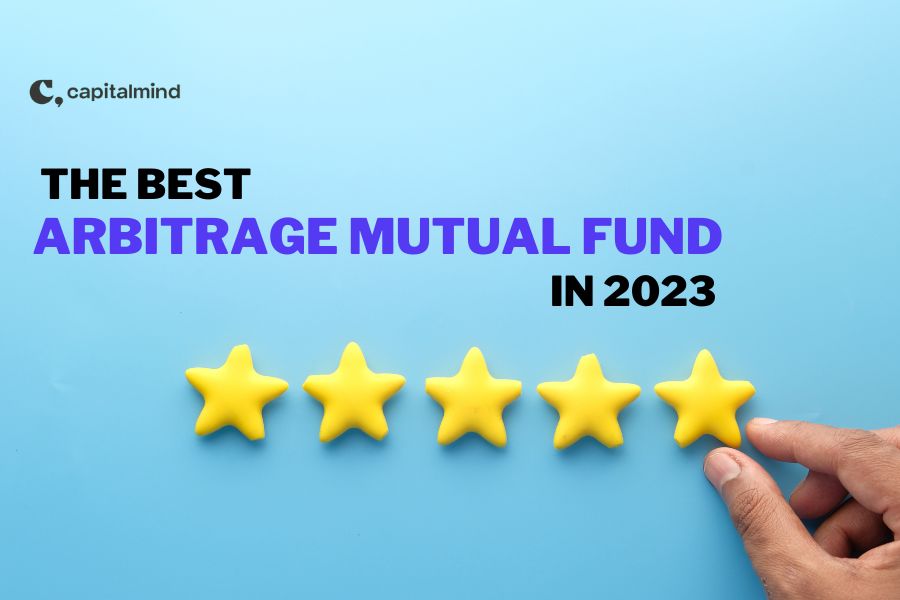[This Premium post has been made free to access for a limited time]
Our Fund filtering methodology shortlisted seven funds out of 32 as the right ELSS fund for 2023:
DSP Tax Saver Fund
Invesco India Tax Plan
Kotak Tax Saver Fund
Mirae Asset Tax Saver Fund
Parag Parikh Tax Saver Fund
PGIM India ELSS Tax Saver Fund
Quant Tax Plan
Our final pick for 2023 continues to be the Mirae Asset Tax Saver, with a special mention for a new contender for best ELSS fund for 2023.
ELSS (Equity Linked Savings Scheme) funds are equity mutual funds that get you up to ₹1,50,000 in 80C tax deduction in a financial year when you file your returns in the old regime. In exchange, your money is locked in for three years. The gains are, however, subject to LTCG applicable when you sell. For a long-term investor, the 3-year lock-in should not be a concern.
If you are filling your returns in the new regime, then 80C deductions are not available. It makes little sense to buy ELSS funds, if not for tax exemption purposes since they generally have higher expense ratios and a 3-year lock-in.
How should an investor pick from the several options available?
Anyone who has tried picking a mutual fund among thousands of “smartly named” equity schemes would know how difficult it is to arrive at one answer. Unless, of course, you are looking at just the past performance of 1 or 3 years and taking your punt.
Predicting which companies will grow earnings stronger than the rest is hard. Harder still is predicting how the market will value those earnings in the future.
Now, add one more layer of complexity. Try to figure out which fund manager will consistently pick the companies that compound in earnings and stock price.
Like every year, we used quantitative filters to create a shortlist of funds and then picked a fund from this final selection to invest in for 2023.
Filtering through to the best choice
If you don’t know what you want. Start with weeding out what you don’t want.
To filter out the funds that we don’t want to consider, we apply five quantitative criteria:
1. Longevity or Track Record. Ideally, we’d want a minimum of eight years of performance to represent a business cycle of good and bad years, severely restricting our selection set. So we’ll relax this criterion.
-
-
- Threshold: At least three years of operational history
-
Longevity Filter: No Funds are filtered out.
2. AUM Health. Expense ratios tend to be in the 1% to 2% range. A fund with a low AUM will struggle to apply high-quality research fund management resources if its AUM is inordinately low.
But then, some fund houses have tremendous reach because they are part of a massive retail banking network. Others have built up AUM over time, while others are relatively new entrants and do not have the network advantage.
-
- Threshold: To view them with a consistent lens, we applied two conditions, either of which qualifies a fund to be on the shortlist. Fund AUM of ₹50 Crores for each year it has been operational or a minimum threshold of ₹300 Crores.
AUM health filter: 6 Funds filtered out.
3. Outperformance versus the category (In the top half). Percentage of time where the rolling 1-year return of the fund outperformed the category median.
Outperformance filter: 16 funds fail the criteria.
4. Underperformance versus the category (In the bottom quartile). Percentage of time where the rolling 1-year return of the fund was in the bottom quartile of all funds in the long list.
Underperformance filter: 24 funds fail the criteria.
5. Volatility. The annualized standard deviation of daily returns normalized for the fund’s median 1-year performance. So, lower volatility but low-return fund gets penalized compared to a higher-return fund of similar volatility.
Volatility filter: 16 funds fail the criteria
Result: 7 out of 32 funds are shortlisted for the final selection set.
- Mirae Asset Tax Saver Fund
- Parag Parikh Tax Saver Fund
- Quant Tax Plan
- PGIM India ELSS Tax Saver Fund
- DSP Tax Saver Fund
- Invesco India Tax Plan
- Kotak Tax Saver Fund
Picking the best fund for 2023
Out of 7, we now need to pick one fund. After weeding out funds we don’t want, we will analyze the fund’s returns over different periods.
An excellent three or five-year CAGR relative to the benchmark can come in two ways:
-
- from consistent performance in each of those years or
- from one or two spectacular years interspersed with some terrible years
By avoiding the second type of fund, we’re hoping to reduce the probability of deep drawdowns that will cause discomfort, leading to selling low and wondering where to deploy next.
We do this by going beyond discrete point-to-point returns and looking at rolling returns and how a fund does relative to its peers. We divide the performance of each fund into four quartiles where the top-performing funds (relative to category) go to q4, and the worst ones go to q1. Simply put, the top 25% of the funds will go to Q4, while the bottom 25% will go to q1.
Quant Tax Plan can be an obvious choice looking at the returns. However, most of its CAGR is contributed through the last 3-year performance. This fund also spends lower time in the top quartile and has beaten the category 68% of the time, while Mirae and PPFAS have done it more times. Since we don’t have a crystal ball to be able to tell exactly who will perform “the best” in the next year, we rely on the consistency of relative returns.
PPFAS tax saver hasn’t been around for long, just over 3 years old. It has consistently been in the top quartile for 72% of the time and has a decent 3-year performance as well, which makes it a strong contender for the top spot.
Our pick
Mirae Tax Saver is in the sweet spot of consistency and returns:
- CAGR of ~19% since its inception
- In the top quartile 61% of the time and spent only 2% of the time in the bottom quartile.
- Outperformed the category median 88% of the time
Being able to avoid poor relative performance, while not necessarily being the best each year, means you stand a great chance of top-decile performance over the long run.
We stick with the past two years’ pick for ELSS investments: Mirae Asset Tax Saver Fund.
The Parag Parikh Tax Saver runs it very close, given its relative performance to the category since its inception. Typically, its much shorter tenure would have removed it from contention for the top spot, except that its ELSS portfolio is in line with the domestic equity component of its more well-known Flexicap sibling. For this reason, the fund gets a mention as being on the radar for next year.
Read our earlier posts on ELSS – 2019 | 2020 | 2021 | 2022
Comparison of all 32 schemes
Here’s a list of all 32 schemes, along with the metrics we used for this analysis. You can click the column headers and sort the data by various metrics.
Also read:
Click here to learn more about the Capitalmind Equity Mutual Fund Portfolio. Premium subscribers can access the portfolio here.
Which is the best REIT in India?
Which is the best InvIT in India?
All our product review posts are independent and have no commercial relationship of any kind with AMCs or any other organization. Please do your own due diligence to determine the suitability of any funds mentioned here to your portfolio.
Let us know what you think on twitter or slack.
For immediate access to actionable investment insights: direct stock portfolios, premium research, and the Capitalmind community Join Capitalmind Premium.




